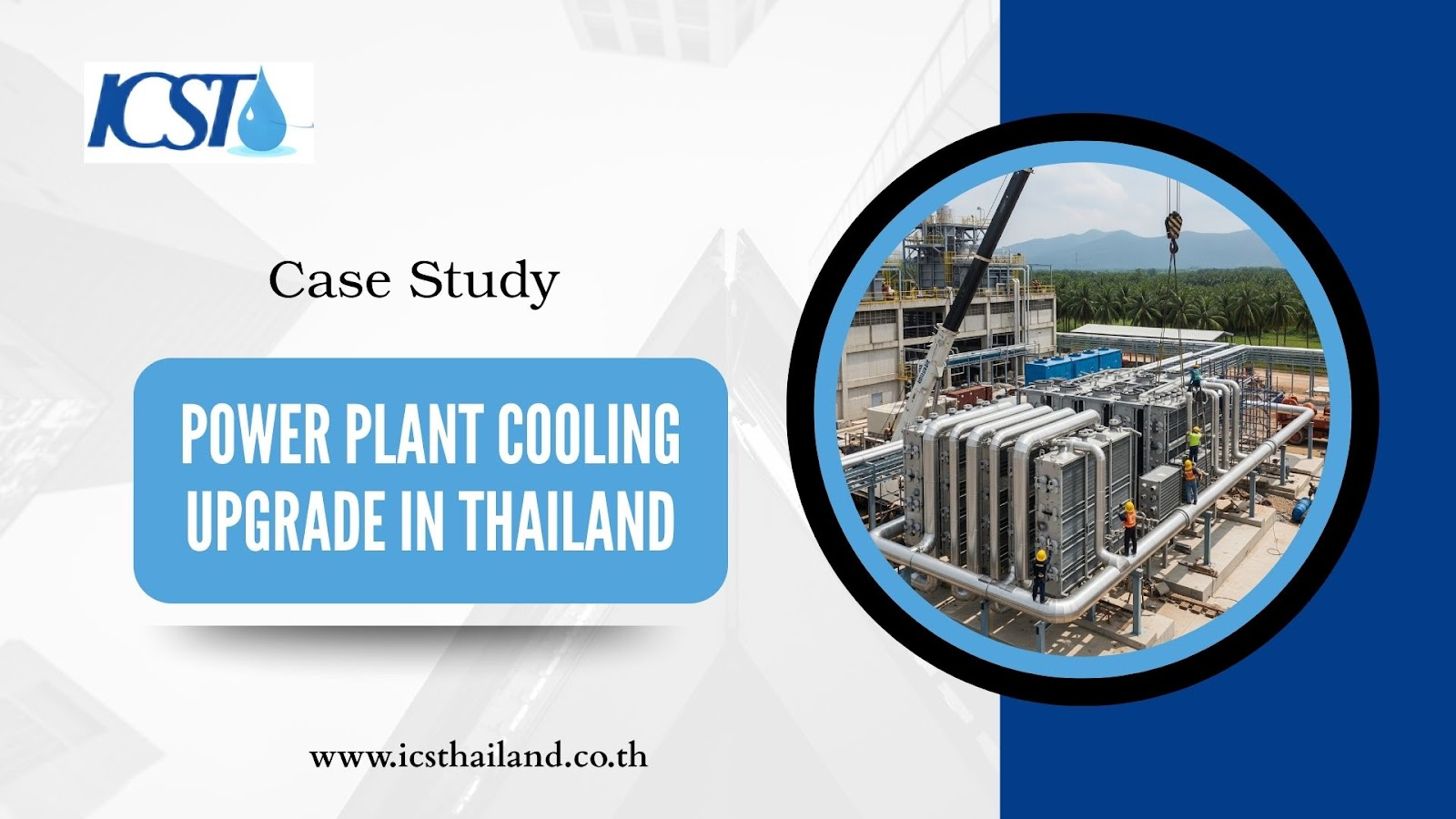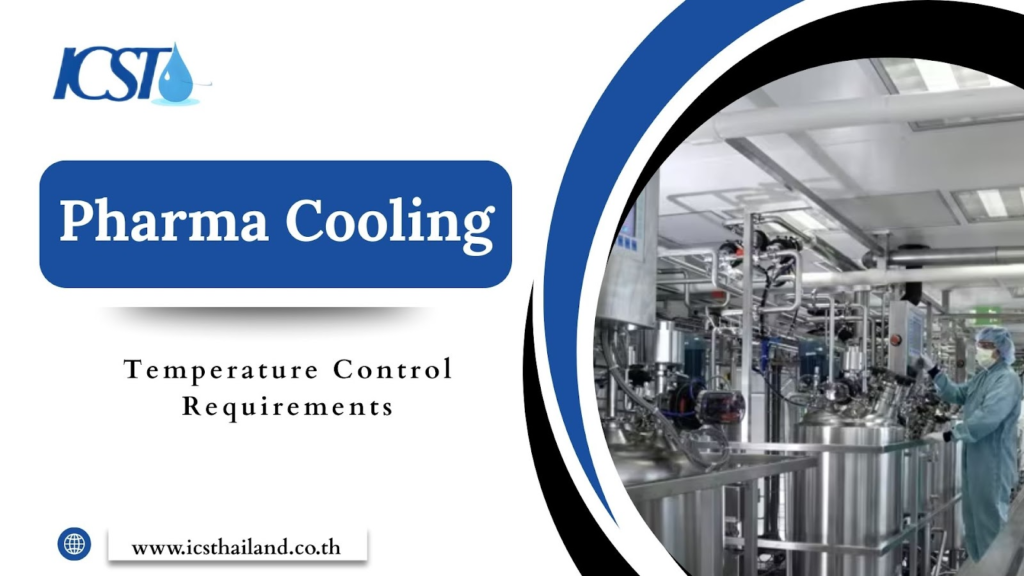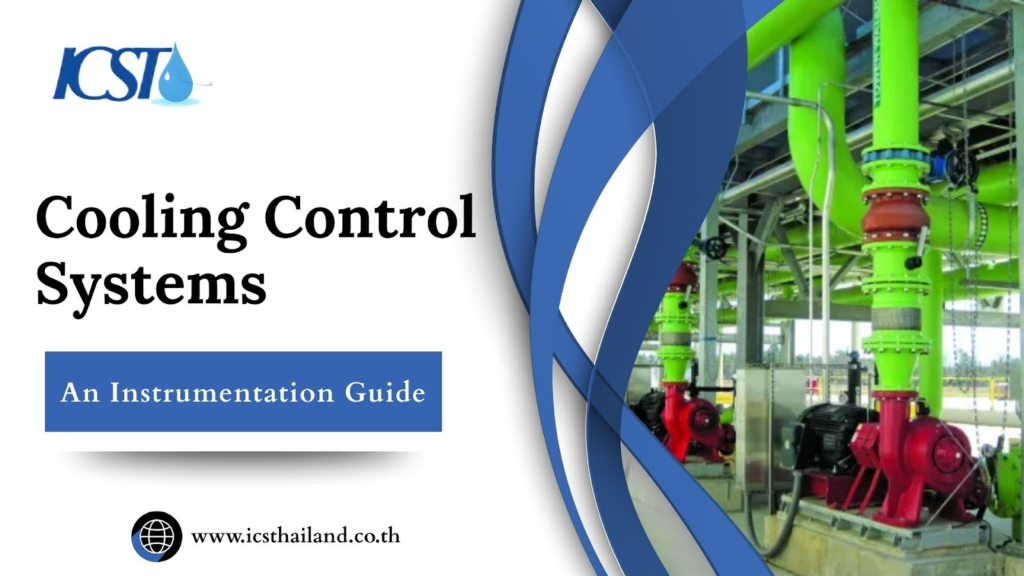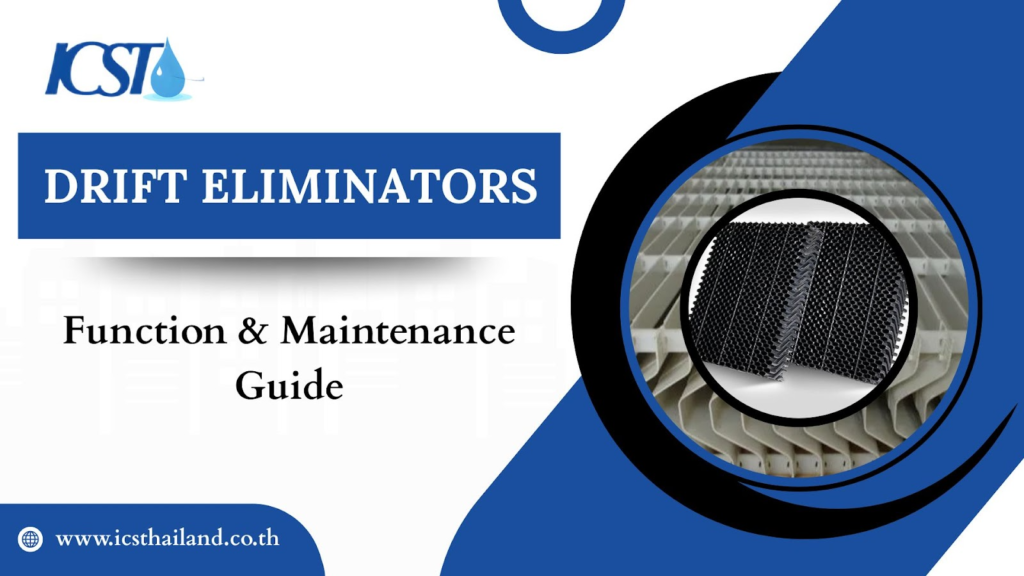Power plants face a relentless challenge: maximize output while controlling operational costs. This becomes even more complex in tropical climates like Thailand, where extreme heat and humidity push cooling systems to their limits.
A major power generation facility in Central Thailand experienced this reality firsthand. Their aging cooling system was consuming excessive energy, struggling to maintain optimal temperatures, and requiring frequent, costly repairs. The facility risked unplanned downtime during peak demand periods, a scenario no power plant can afford.
This case study on the Power Plant Cooling Upgrade in Thailand demonstrates how a strategic system upgrade addressed operational challenges, delivering measurable competitive advantages such as significant energy savings and improved reliability through expert engineering and execution.
Table of Contents
ToggleThe Client & The Challenge: Battling the Bangkok Heat
The Client’s Profile
Our client manages a 1,200 MW natural gas combined cycle power plant located in Central Thailand. The facility serves as a critical component of Thailand’s electrical grid, meeting peak demand during the country’s hottest months when air conditioning usage soars across Bangkok and surrounding provinces.
The Power Plant Cooling Upgrade in Thailand focuses on enhancing reliable power generation while keeping operational costs competitive in the country’s deregulated energy market.
The Problem: Spiraling Costs and Inefficiency
The facility’s cooling towers, installed over 15 years ago, were creating multiple operational headaches. What specific issues were driving up costs and threatening reliability?
High Energy Consumption: The outdated cooling system consumed 12% of the plant’s auxiliary power load, far above industry benchmarks for efficient facilities.
Reduced Performance: During Thailand’s peak heat season (March-May), when ambient temperatures regularly exceed 40°C, the system failed to achieve target cooling temperatures, forcing expensive load reductions.
Rising Maintenance: Aging components require maintenance interventions every 6-8 weeks, with each unscheduled repair costing approximately $45,000 in lost generation revenue.
The plant’s management recognized that continuing with the existing system would compromise both profitability and grid reliability commitments.
The ICST Solution: A Strategic Retrofit
The Assessment: A Data-Driven Approach
ICST’s engineering team began with a comprehensive thermal analysis rather than proposing immediate solutions. Our assessment included 30 days of continuous monitoring across varying ambient conditions, detailed equipment inspections, and computational fluid dynamics modeling.
The analysis revealed that the plant’s cooling capacity could be significantly enhanced through targeted upgrades rather than complete system replacement, saving both capital costs and installation time.
The Technology: Key Components of the Upgrade
Which specific technologies would deliver the greatest impact? Our solution focused on three critical areas:
High-Efficiency Fan Blades:
We upgraded the original aluminum fans with innovative fiberglass composite blades designed with enhanced airfoil geometry. These blades move 15% more air while consuming 20% less power.
Variable Frequency Drives (VFDs):
Installing VFDs on all cooling tower fans enabled precise speed control based on real-time thermal loads. Instead of running at constant full speed, the system now modulates power consumption to match actual cooling requirements.
Upgraded Fill Media:

We replaced deteriorating splash-fill media with high-performance film-fill designed specifically for Thailand’s water quality conditions. The new media increases heat transfer efficiency by 18% while resisting scale buildup.
The Execution: A Coordinated, Minimal-Downtime Installation
The project team faced a critical constraint: the upgrade had to occur without disrupting power generation during peak demand season.
How did we achieve this?
- Our installation strategy utilized the facility’s scheduled maintenance window, coordinating closely with plant engineers to complete the retrofit in phases.
- Each cooling tower was upgraded sequentially while others maintained operations.
- The 21-day installation required precise logistics coordination, including pre-fabricated components and 24/7 installation crews to maximize the limited downtime window.
The Results: Tangible ROI and Operational Excellence
Quantifiable Metrics: Energy & Water Savings
The upgrade delivered measurable improvements across multiple performance indicators. What were the specific results?
- Energy Savings: The cooling system now consumes 25% less electricity, equivalent to 2.1 MW of continuous power savings. This amounts to $1.8 million saved in energy costs each year.
- Water Savings: Enhanced drift eliminators and optimized blowdown schedules reduced water consumption by 22%, saving 340,000 gallons daily and decreasing water treatment chemical costs.
- Capacity Improvement: The system now maintains target cooling temperatures even when ambient conditions exceed 42°C, eliminating heat-related load restrictions.
Operational Benefits: Increased Uptime & Reliability
Beyond energy savings, the upgrade transformed operational reliability. The facility has experienced:
- A rapid ROI: The project achieved complete return on investment in 2.7 years, with continued savings extending the financial benefits for decades.
- Sustainability goals met: The facility’s carbon footprint has been significantly reduced.
- Employee satisfaction: Better infrastructure has created a safer and more comfortable work environment.
Key Takeaways: Why the Right Partner Matters

The success of the “Power Plant Cooling Upgrade in Thailand” project stemmed from several critical factors beyond just selecting the right technology.
Key elements included detailed planning, effective stakeholder collaboration, rigorous project management, and a strong focus on sustainability and long-term efficiency. These aspects ensured the upgrade delivered both immediate and lasting benefits.
Local Expertise: ICST’s deep understanding of Thailand’s unique climate challenges, water chemistry, and regulatory requirements enabled optimal solution design for local conditions.
Data-Driven Solutions: Comprehensive thermal analysis and monitoring provided the foundation for precise engineering rather than generic recommendations.
Commitment to Partnership: Our team’s collaboration extended beyond installation, providing ongoing optimization support and maintenance planning to maximize long-term value.
The most successful industrial upgrades require partners who combine technical expertise with local knowledge and a genuine commitment to client success.
Conclusion
This Thai power plant transformed its cooling system from a liability into a competitive advantage. The facility now operates with significantly lower costs, enhanced reliability, and improved environmental performance, critical factors in today’s competitive energy market.
The Power Plant Cooling Upgrade in Thailand demonstrates that strategic infrastructure improvements, when properly executed, offer benefits far beyond immediate energy savings. Enhanced reliability, reduced maintenance costs, and improved operational flexibility create lasting value that compounds over time.
Are you managing an industrial facility facing similar cooling system challenges? Contact ICST today for a comprehensive thermal analysis of your cooling infrastructure.
Our expert team can identify optimization opportunities specific to your operational requirements and local conditions.
Frequently Asked Question
What was the total duration of the project?
The complete project timeline spanned 16 weeks, including initial assessment, engineering design, procurement, and installation. The actual on-site installation required 21 days during the scheduled maintenance window.
Was the plant shut down during installation?
No. The phased installation approach allowed the plant to maintain operations throughout the upgrade. Each cooling tower was upgraded sequentially while others continued operating.
What are the long-term maintenance needs of the upgraded system?
The upgraded system requires quarterly inspections and annual preventive maintenance. The new components are designed for 20+ years of operational life with proper maintenance protocols.
Can ICST perform a similar ROI analysis for our facility?
Yes. ICST provides comprehensive thermal assessments for industrial facilities across Southeast Asia. Our analysis includes detailed financial projections and implementation recommendations tailored to your specific operational requirements.
What other industries do you serve?
ICST serves petrochemical plants, manufacturing facilities, data centers, and other industrial operations requiring efficient cooling systems. Our solutions are customized for each industry’s unique thermal management challenges.








